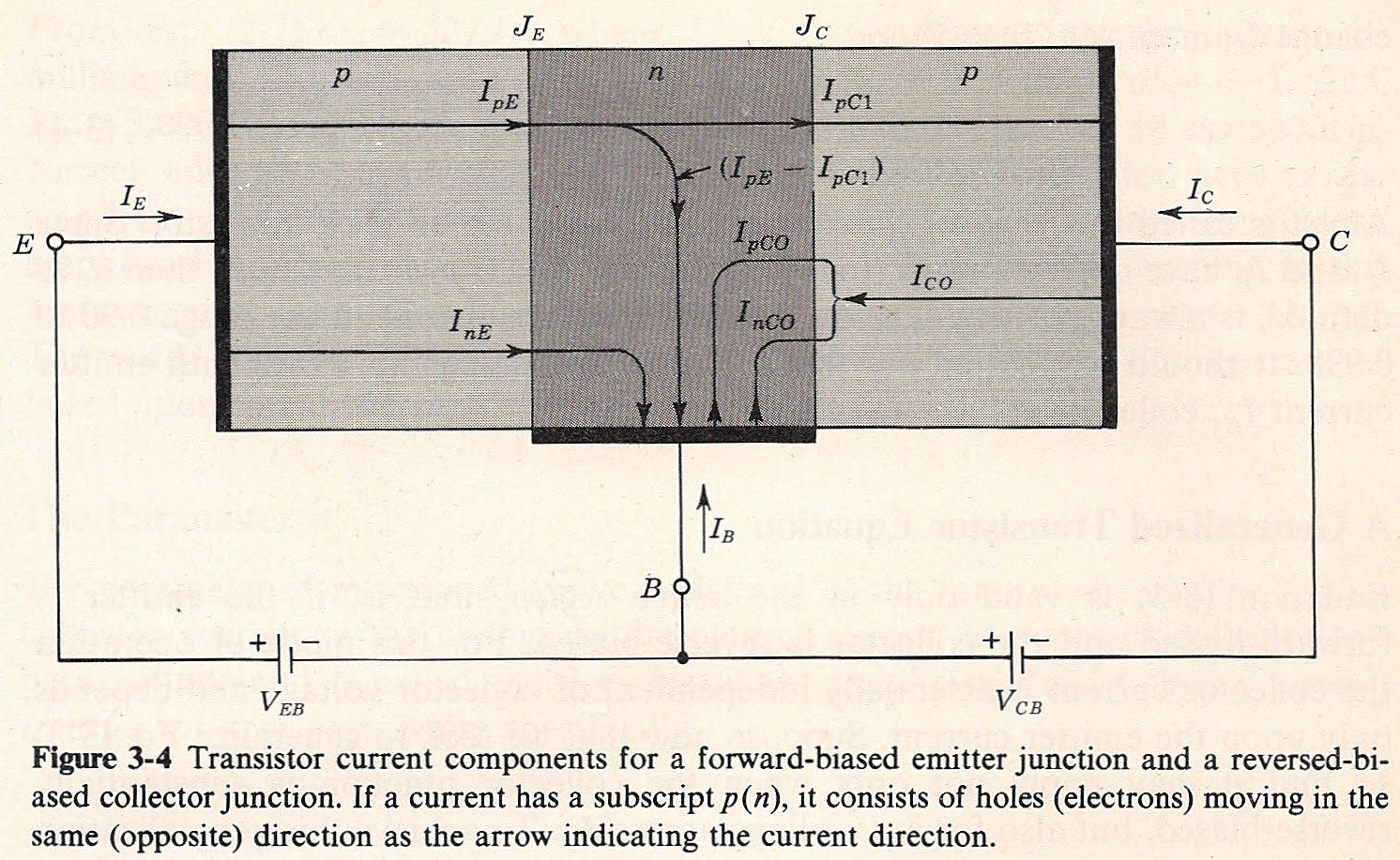How regions (modes) of operation are defined and correctly named? The most controversial thing is the so named “saturated region/mode”. It is defined differently, sometimes radically different, in various sources. The discrepancy surfaced several times at electronics.SE, e.g. here and here, but wasn’t acted upon by experts. BTW, are “mode” and “region” equivalent in this context?
Definitions of “saturation” that can be found include:
- Both junctions are forward-biased. En.Wikipedia, but popular on this site too, and quoted e.g. here.
Variant: both junctions are on – implicated to be the same as the above by ru.Wikipedia, but “forward-biased” and “on” are not synonyms. - “minimum voltage drop between collector and emitter”.
Variant: \$V_{\mathrm{CE}}\$ reaches some [low] value. - \$I_{\mathrm C} ≈ I_{\mathrm E}\$. We can infer that they suppose that \$I_{\mathrm B}\$ is negligible. Spanish Wikipedia isn’t anywhere near a trusted site, but they made changes to en.Wikipedia text they
stoletranslated, which indicates some doubt about the original. - \$I_{\mathrm C}\$ is less than \$I_{\mathrm B}\$ times the current gain of the BJT (Ignacio Vazquez-Abrams; see comments below).
Variant: no increase in \$I_{\mathrm C}\$ when \$I_{\mathrm B}\$ increases.
Note that any of 2.–4. fully or partially is a part of the Wikipedia’s “active”. Imagine a common base scheme without a load, but with a slightly reverse biased base–collector junction; say, for 0.1 V. The condition 2. holds manifestly, whereas for \$I_{\mathrm B}\$ sufficiently large we can meet the condition 4. and the transistor will not burst in flames. The base–collector junction is reverse biased by construction. The base–emitter junction is forward biased since we have a significant \$I_{\mathrm B}\$ – it’s definitely not a cut-off, so we are in Wikipedia’s “forward-active”.
Is would be also nice to trace the origin of aforementioned English Wikipedia definition.



